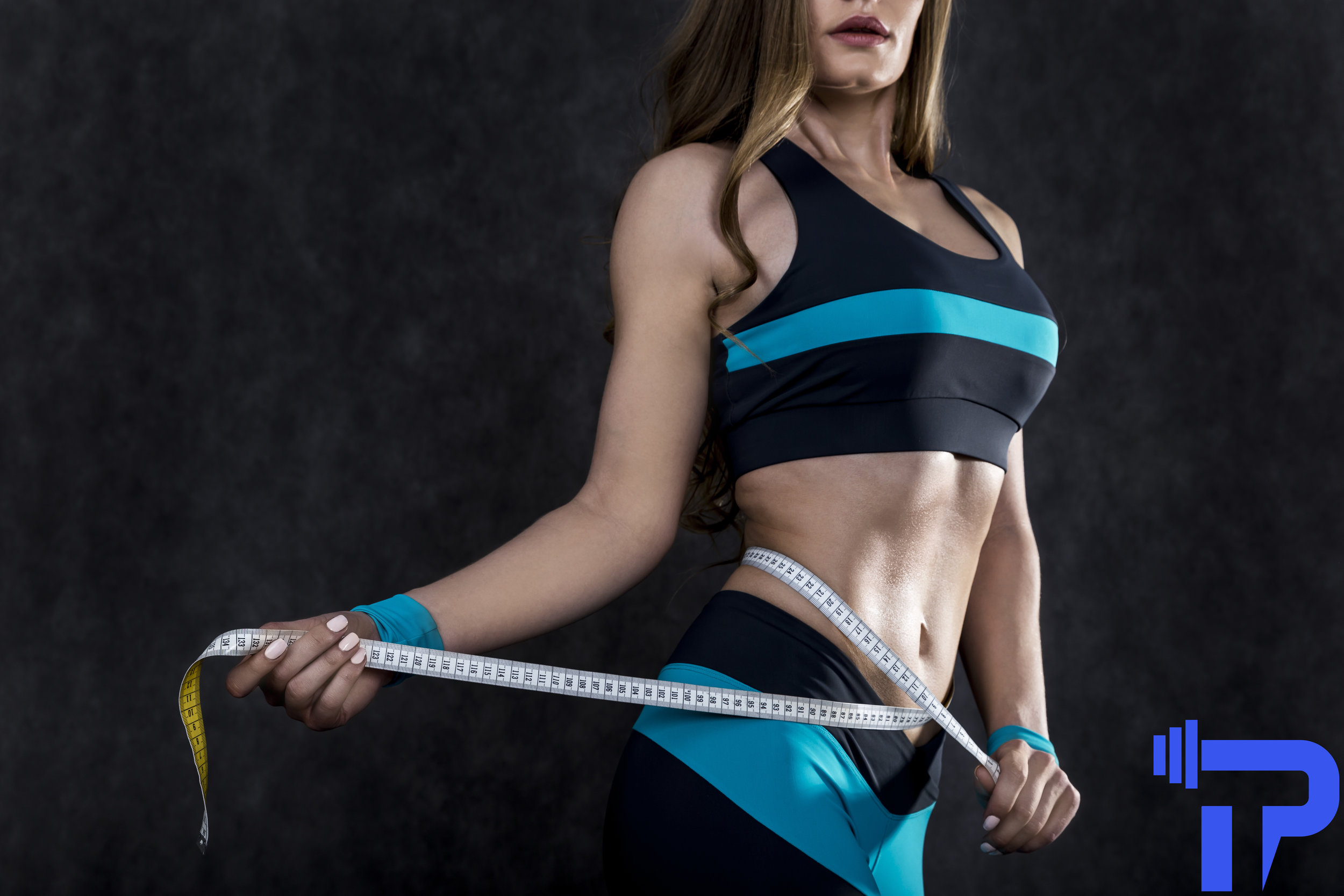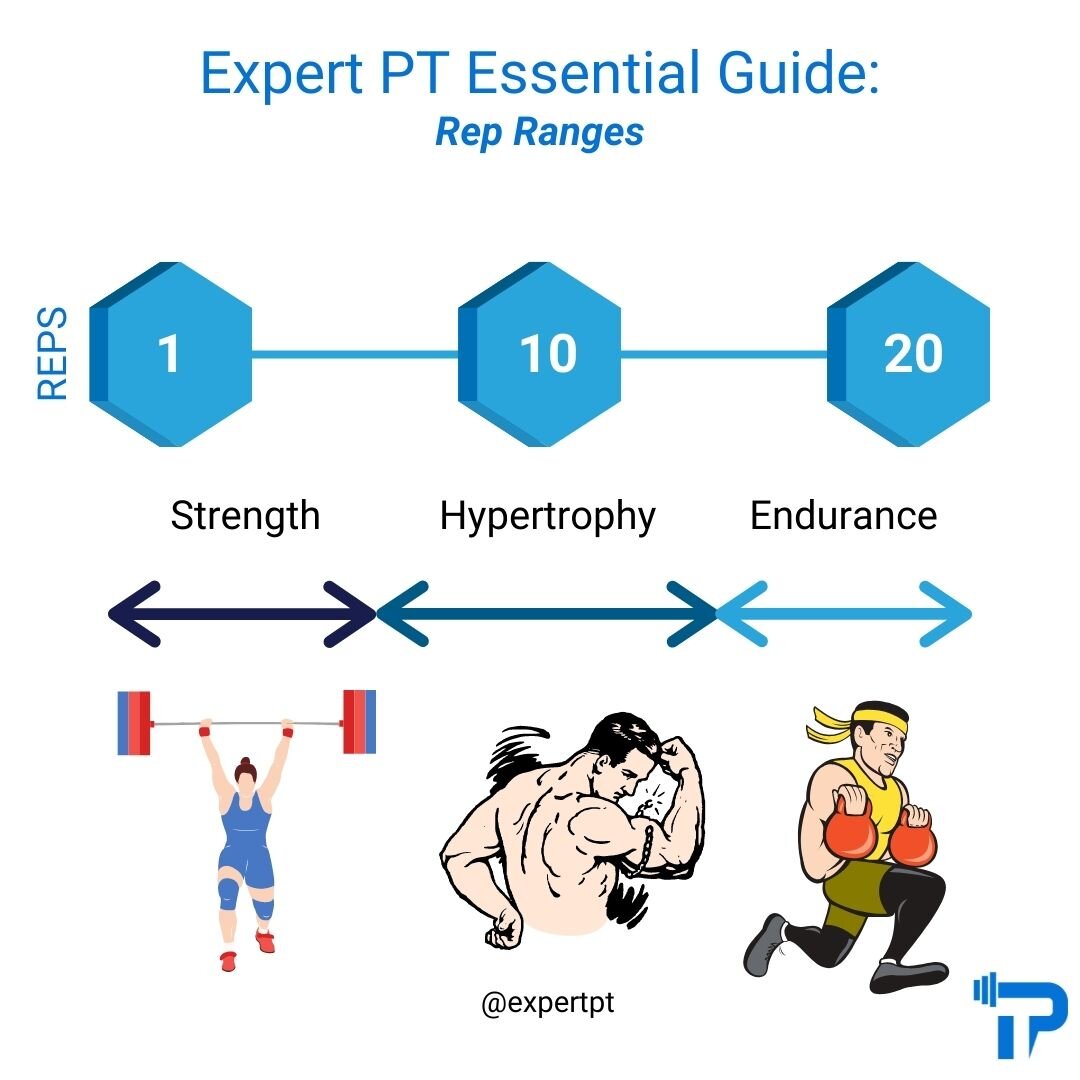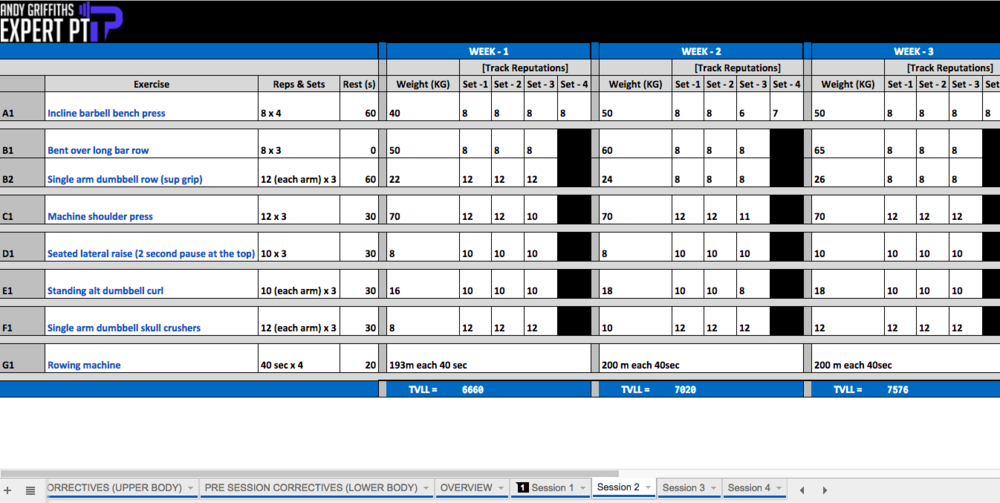Okay, so if my goal is fat loss then it makes sense for me to perform a higher amount of reps to burn more calories, correct? Well not really!
If you want to lose fat, you should be trying to develop a decent amount of muscle tissue (in the gym), the more muscle you have, the faster your metabolic rate. 6-12 reps are gold when it comes to hypertrophy (muscle development). You can very effectively hit all three mechanisms of hypertrophy (three mechanisms of developing muscle):
- Mechanical tension (high resistance)
- Metabolic stress (pump/cell swelling)
- Muscle damage (stretch)
Okay, so if my goal is fat loss then it makes sense for me to perform between 6-12 reps, correct? Well not really!
Possibly the biggest factor when it comes to muscle building is mechanical tension, putting enough resistance through your muscles to force them to develop. You will need to use heavyweight, therefore you’ll need to perform fewer reps (4-6 reps) to optimise this mechanism.
Okay, so if my goal is fat loss then it makes sense for me to perform between 1-6 reps and life heavier, correct? Well not really!
You’ll need to have plenty of rest between sets when lifting very heavy, so you won’t be burning a high amount of calories.
I can hear the shouts....”Andy……I’m confused…..How many reps will help me to lose fat??’
Well, you need an element of all three. You can include each element in each of your gym sessions or a more effective plan would be to incorporate this through phases/cycles.
Rep Range Example:
- Month one mainly higher reps with the odd strength session
- Month two mostly medium reps with the odd bit of strength work
- Month three should be strength-focused, I don’t mean spending the full session training between 1-6 reps, instead start the session with heavy compound exercises like squats or deadlifts (after your warm-up of course), then increase the reps through the session. Once you come to the end of this phase you should have increased strength, that would be the goal of this phase.
Here is an example of how you could structure these sessions:
Month one full-body example session:
A1 - Leg press - 12 reps x 3
B1 - Cable row - 12 reps x 3
C1 - 45 degree hip extension - 12 reps x 3
D1 - Seated shoulder press - 15 reps x 3
E1 - Lateral raises - 15 reps x 3
Month two full-body example session:
A1 - Front squat - 10 reps x 3
B1 - Bent over row - 10 reps x 3
C1 - Lying leg curls - 10 reps x 3
D1 - Military press - 10 reps x 3
E1- Horizontal cable pull - 12 reps x 3
F1 - Dead bugs - 15 (each side) x 3
Month three full-body example session:
A1 - Barbell back squat - 6 reps x 5
B1 - Cable pull down - 8 reps x 4
C1 - RDL’s - 8 reps x 4
D1 - Barbell bench press - 10 reps x 4
E1 - Cable tricep push down 12 reps x 3
F1 - Rowing machine 200m x 5
You can see by these examples that we are not pushing to the extremes, we are not focusing on doing 20 plus reps and we're not doing a 1 rep max set, instead, we're keeping within a set range dependant on our phase objective, this is between 6-15 reps.
Now, a big thing you need to consider when putting your training plan together is how likely you are to stick with that plan, if you do the same session every single day then this will be completely soul-destroying. You need to consistently mix it up (month by month) allow every workout to take you one step closer to where you want to be.
Now, in order to maximise your potential, you'll need to support your training with a nutrition plan, calorie intake and macros breakdown specific to your goals.
If you wish to take your training and nutrition to the next level you can request a free consultation where I can advise you on the best training methods specific to your goals, along with some advanced dietary strategies, you just need to fill in the form below...






















